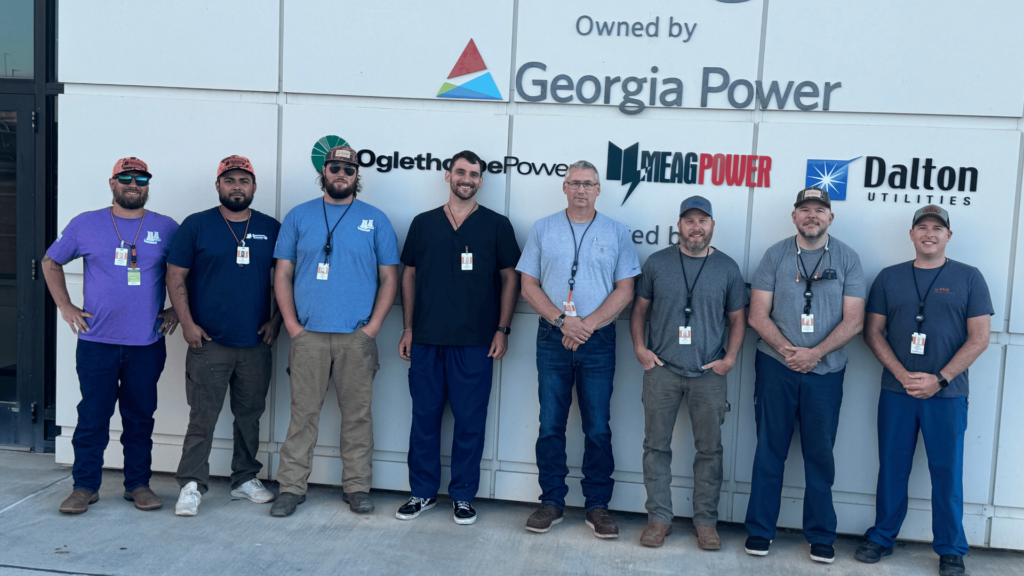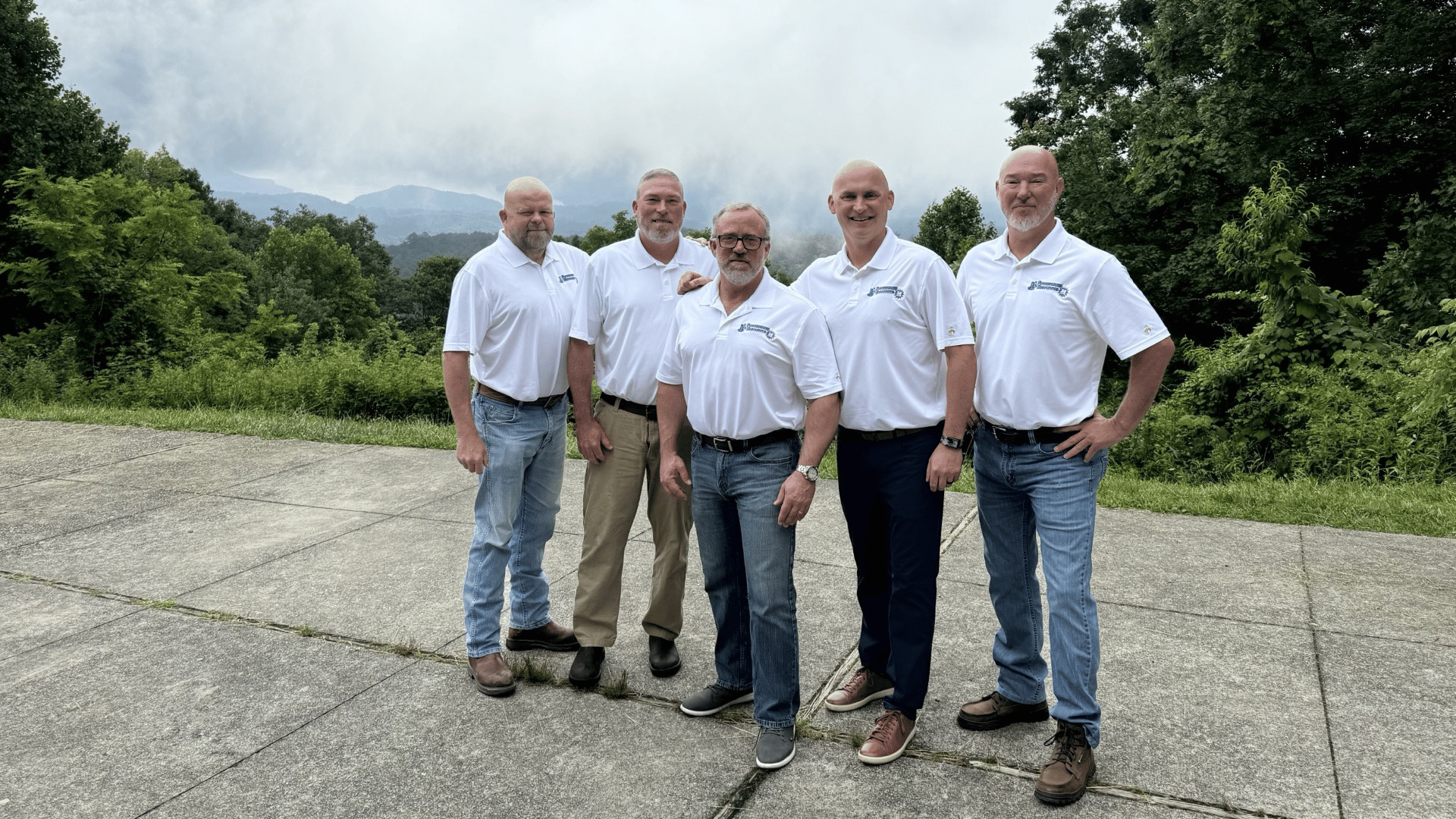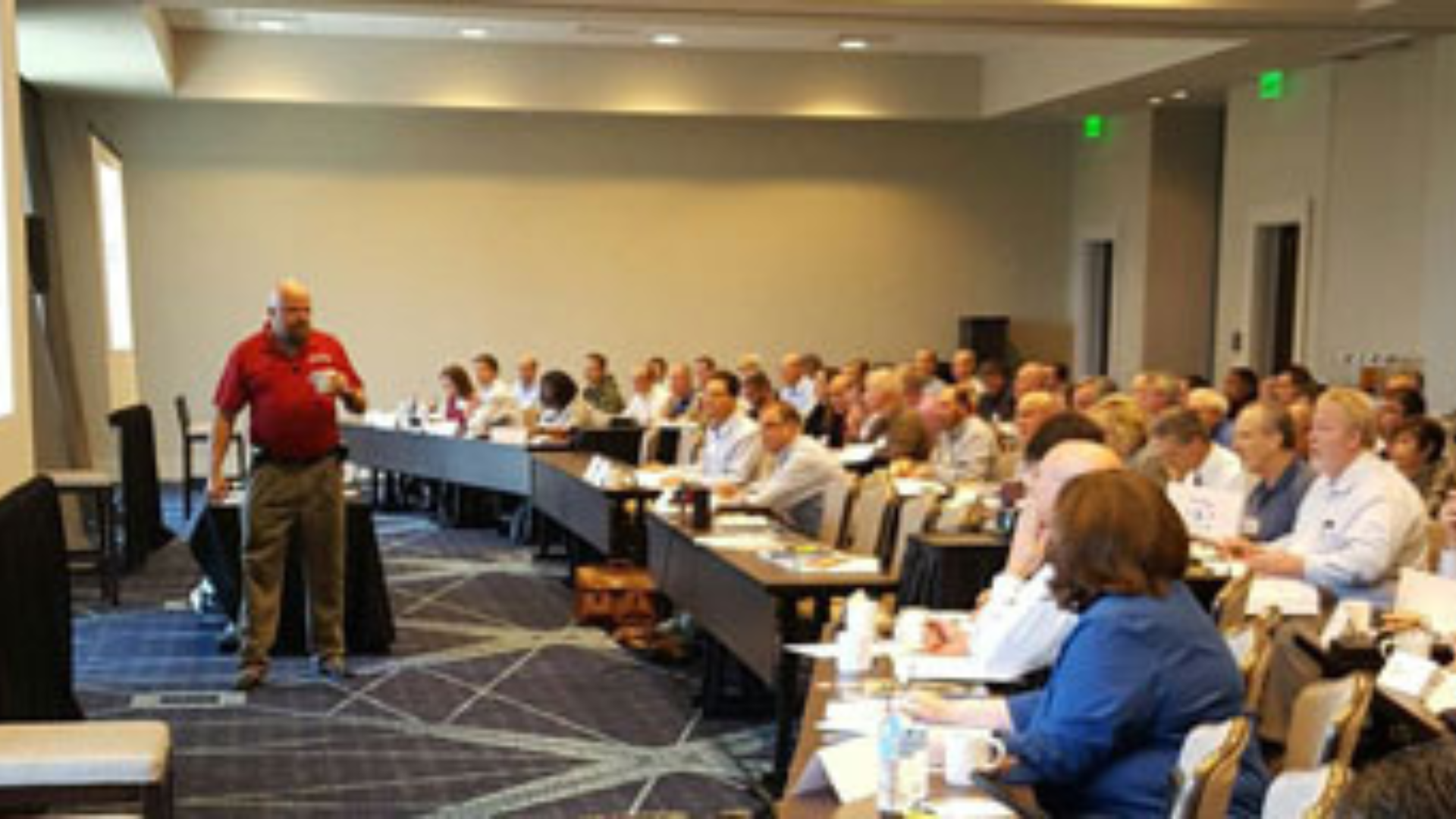Preparing for a successful
outage season

The success of an outage season is dependent on the scoping, scheduling, planning and meticulous management throughout the process. Although we all know things always change when you get into delivery, there are always unforeseen situations when you start to take things apart. But with knowledge, experience and thorough planning, scheduling, risks, resources and costs the unforeseen can be mitigated and adapted to with ease.
Planning for an outage season starts long before the shutdown, and is critical to getting the plant back on line and at full productivity quickly. It requires utilizing experience and current knowledge of the environment, external conditions and best practices.
We recommend a number of steps to ensure a smooth turnaround:
1. Accurate scoping and scheduling to ensure everything and everyone arrives on site when required, this reduces the risk of delays and inefficiencies.
2. Focus on safety to ensure everyone on the team is fully trained and operates with a safety first mentality in everything they do, and witness others doing. Everyone is coachable.
3. Ensure the leader accountable for the outage has full visibility over everything, is pedantic about management, the schedule and budget. And the team operates with openness and transparency so that risks are identified early, mitigated and changes are captured, addressed by skilled professionals and executed promptly.
4. Identify the gaps in the team and work with a partner to provide this expertise that also has the flexibility to adapt quickly and effectively as changes occur and operates with zero rework mentality so that things are done right the first time. As issues are identified it is important to have a partner that is flexible and responsive to ensure they are addressed quickly.
As much as we recognize early and effective planning is critical for the success of an outage, if the schedule and resource allocation is not monitored, measured, and updated throughout the outage it becomes redundant and a fruitless exercise. Planning, management, close out and the application of lessons learned is the way to continue to move the industry forward, minimizing safety hazards, optimizing processes and achieving continuous performance improvements.
Most Recent Posts
- All Post
- Category 1
- Category 2
- Category 3




